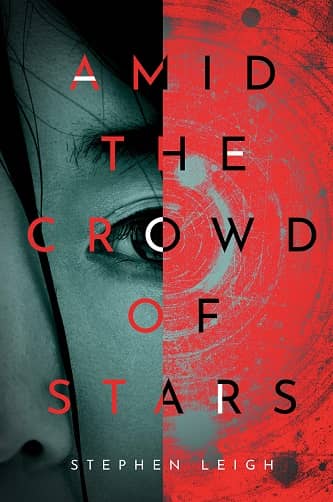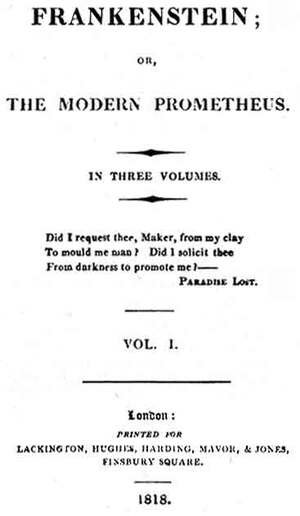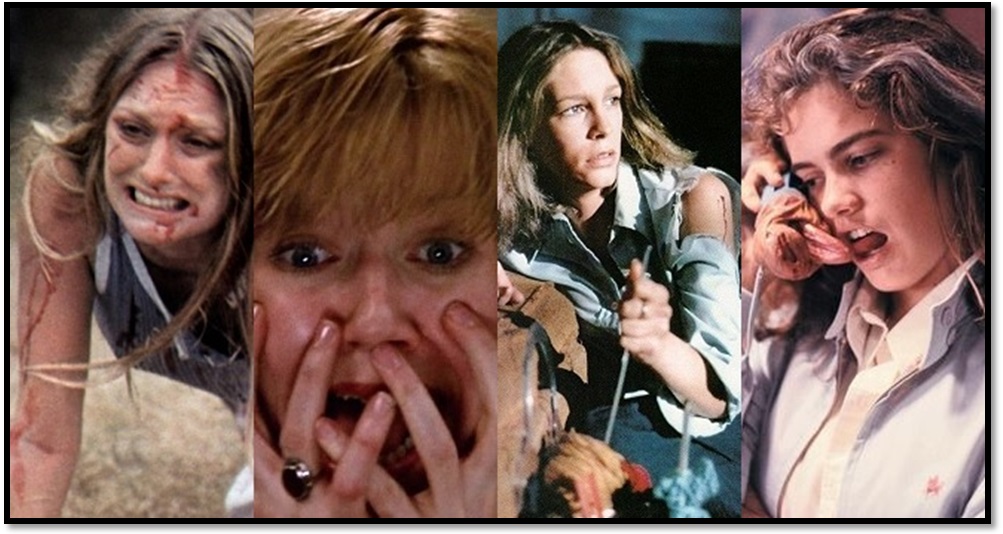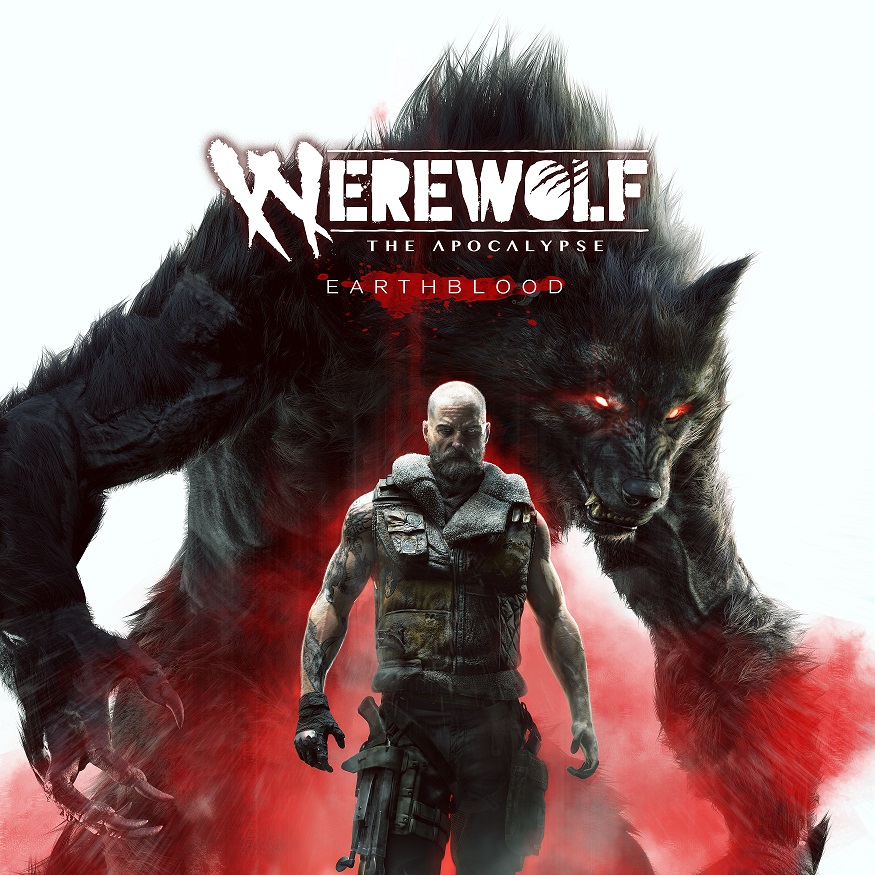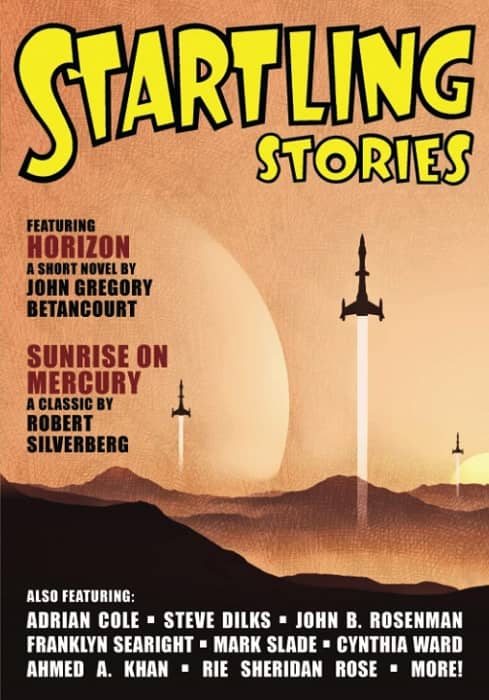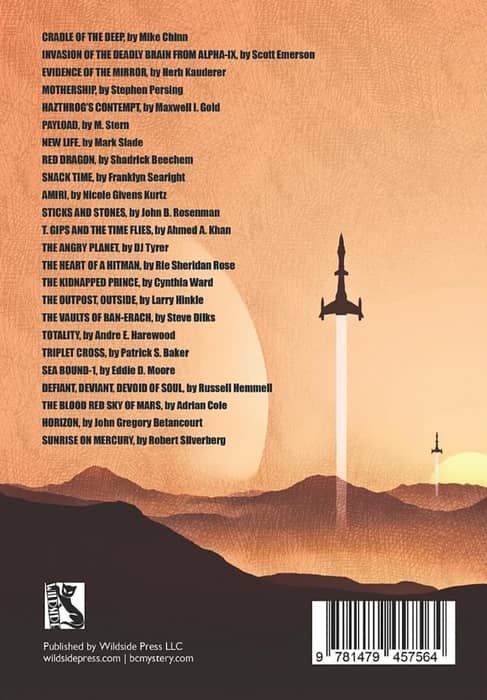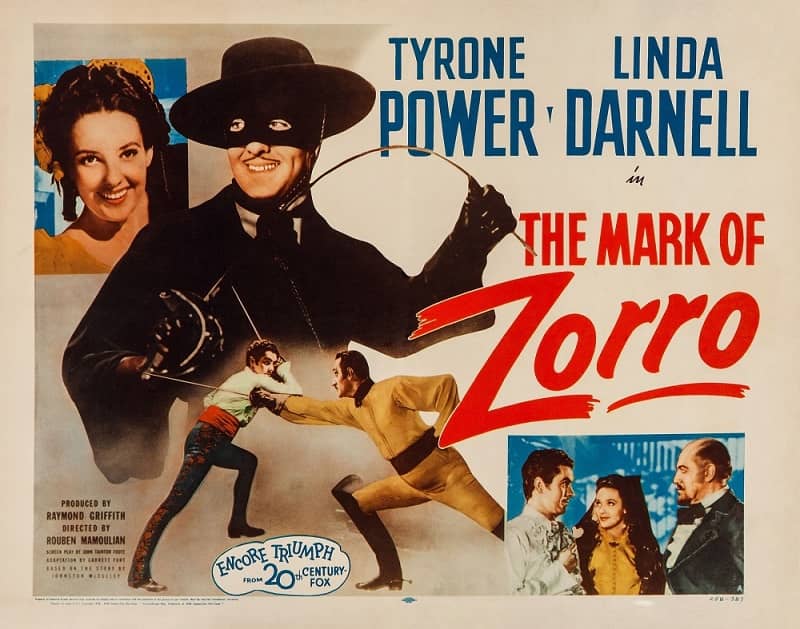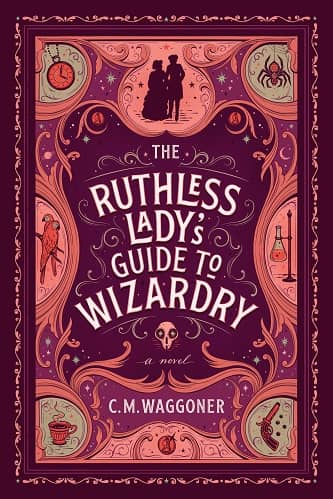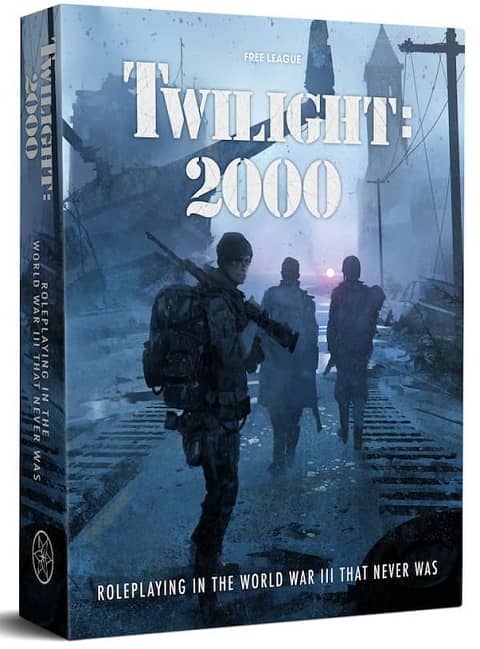Lords of Creation: A Tabletop RPG before its Time
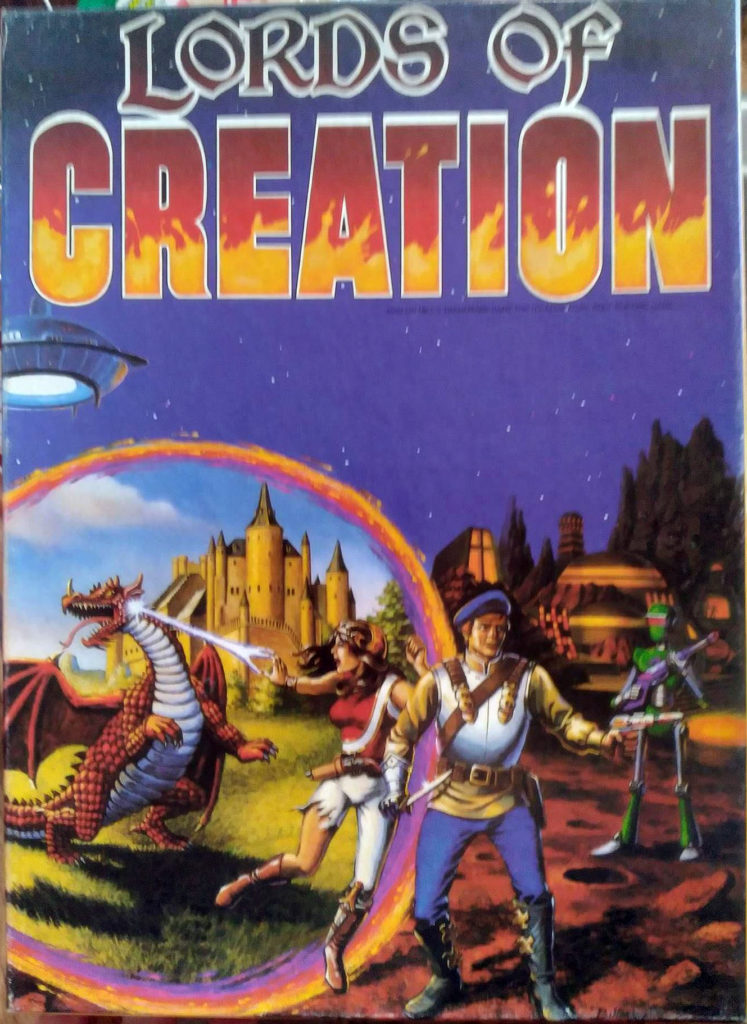
Throughout the decades, game company Avalon Hill has been associated with tabletop war gaming, and this was especially true in the 1970s and 1980s. However, the company has been known to dip into other types of games, mainly board games of one stripe or another and sometimes even tabletop role-playing games.
One of Avalon Hill’s earliest tabletop RPGs was Lords of Creation, published in 1983 and written by Tom Moldvay, known for his earlier work on Dungeons & Dragons.
Lords of Creation is very much a game of its time, but in many way it’s also a game ahead of its time. The D&D influence is obvious in the mechanics, especially concerning character and monster stats, but this game was one of the earliest to stretch beyond the boundaries of any single genre. Lords of Creation wasn’t just a fantasy tabletop RPG, but was meant to be a game for all genres, including science fiction, mythology, noir, and more. In fact, the back of the game box reads, “The ultimate role-playing game… a game of science, fantasy, science fiction and high adventure that explores the farthest reaches of your imagination! Splendid adventures take place throughout time, space and other dimensions.”
I didn’t get many chances back in the day to play Lords of Creation, probably because it wasn’t the most popular game around even if it has something of a collector’s following nowadays. Still, the few times I played the game, it was a blast, in no small part because of Moldvay’s ingenuity in making Lords of Creation something unique, at least for the time period of its original publication.
The box itself for the game is somewhat large for a tabletop RPG, though was typical for the Avalon Hill war games of the time. Upon opening the box, one finds a 64-page rule book, a 64-page The Book of Foes (you D&D players will recognize this as similar to a Monster Manual), a Game Catalog of everything Avalon Hill had to offer at the time, and three dice, a D20, a D10, and a D6, everything you need to play the game.
…